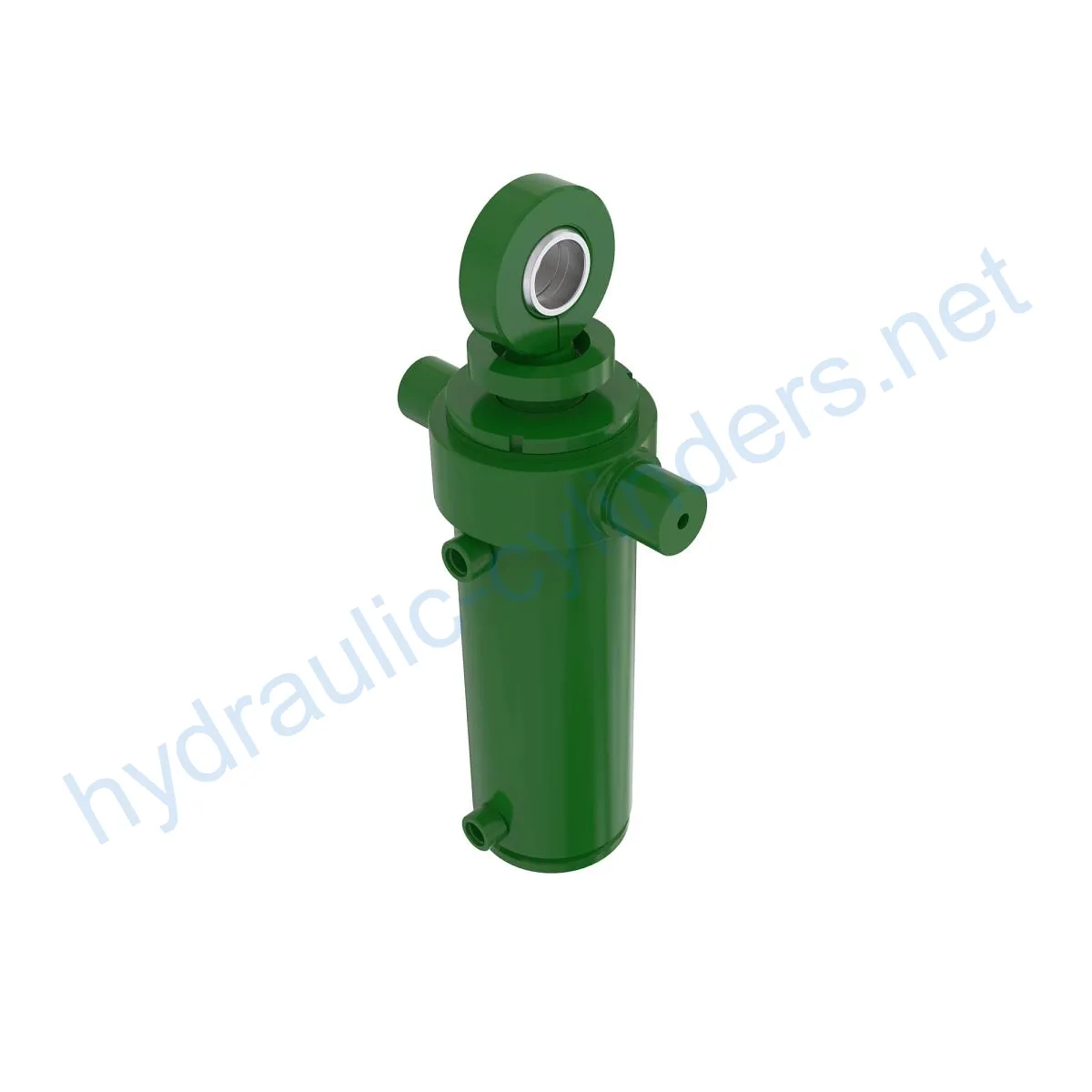Replacement Of AAX10065 Hydraulic Cylinder
Hidrolik silindir üreticilerinden, tedarikçilerinden ve mekanik ürünlerin ihracatçılarından biri olarak, hidrolik silindirler ve diğer birçok ürünü sunuyoruz.
Ayrıntılar için lütfen bizimle iletişime geçin.
Posta:sales@hydraulic-cylinders.net
Hidrolik silindir üreticisi tedarikçisi ihracatçısı.
Replacement Of AAX10065 Hydraulic Cylinder
Hydraulic cylinders play a crucial role in various industrial applications, providing the necessary force and motion to operate heavy machinery. The Replacement Of AAX10065 Hydraulic Cylinder is a reliable and high-quality option for replacing damaged or worn-out cylinders. Designed with precision and durability in mind, this hydraulic cylinder ensures optimal performance in demanding environments.
Specifications
- Weight: 60 lb
- Height: 13 in
- Width: 14.5 in
- Length: 23.5 in
Compatible Models
- 1107
- 1109
- 1111
- 1113
- 2109
- 2111
- 2113
- 2115
- 2117
- 2122
- 2126
- 2130
- 2134
Key Features
- Improved Equipment Performance: Replacing damaged or worn-out hydraulic cylinders restores the normal operation of equipment, ensuring optimal performance in various applications.
- Enhanced Safety: Regularly replacing hydraulic cylinders reduces the safety risks associated with cylinder failures, ensuring the safety of operators and equipment.
- Overload Protection: New cylinder designs often incorporate better overload protection mechanisms, enhancing overall safety.
- Quick Installation: Modern hydraulic cylinders are designed for easy installation and replacement, minimizing downtime.
- Standardized Components: Many hydraulic cylinders are standardized products, making it easy to obtain replacement parts in the market.
We are proud to offer the perfect replacement for these hydraulic cylinders. Our products are manufactured to precise specifications, ensuring seamless compatibility and reliable performance.
Applications
The Replacement Of AAX10065 Hydraulic Cylinder finds extensive use in a variety of applications. Here are three examples:
Excavators
In excavators, hydraulic cylinders in the arm or bucket may suffer damage due to prolonged use or overload. Replacing these cylinders is necessary to restore normal operation.
Cranes
The hydraulic cylinders in crane boom arms are subjected to frequent lifting and lowering, which can lead to wear and tear. Regular replacements are essential to ensure safety.
Tractors
Front-end loader hydraulic cylinders in tractors may experience leaks or performance degradation due to continuous lifting and tilting operations. Replacement is necessary to maintain optimal performance.
These are just a few examples showcasing the versatility of the Replacement Of AAX10065 Hydraulic Cylinder in various industries. It is crucial to regularly inspect and replace hydraulic cylinders to avoid equipment failures and ensure efficient operations.
Maintenance Tasks
Proper maintenance is essential for maximizing the lifespan of hydraulic cylinders. Here are three common maintenance tasks:
Regular Inspection
Periodically inspecting hydraulic cylinders allows for early detection of any issues. Look for signs of leaks, wear, or damage and take appropriate action.
Proper Lubrication
Ensure adequate lubrication of hydraulic cylinders to minimize friction and extend their lifespan. Use the recommended hydraulic oil and follow the manufacturer’s guidelines.
Seal Replacement and Calibration Checks
Regularly replace worn-out seals to prevent leaks and maintain optimal performance. Additionally, conduct calibration checks to ensure accurate cylinder operation.
Proper installation, lubrication, and adjustment are crucial for the efficient functioning of hydraulic cylinders. Provide accurate guidance for aligning the cylinder during installation, recommend the use of suitable mounting brackets for securing the cylinder, and suggest inspection, repair, and replacement procedures. Offer replacement parts and rebuilding services to enhance the longevity of hydraulic cylinders.
Safety Considerations
When dealing with hydraulic cylinders, safety measures are of utmost importance. Proper handling and usage of hydraulic cylinders can prevent accidents and injuries. Always adhere to the following safety precautions:
- Follow recommended procedures for installation, maintenance, and repair.
- Use appropriate Personal Protective Equipment (PPE) when working with hydraulic cylinders.
- Ensure proper training of operators to handle hydraulic cylinders safely.
- Regularly inspect cylinders for any signs of damage or wear.
- Adhere to industry safety standards and guidelines.
By prioritizing safety, you can minimize risks and create a secure working environment.
Troubleshooting and Common Issues
Hydraulic cylinder malfunctions can disrupt operations and lead to downtime. Here are some common issues that may arise:
Leakage
If you notice hydraulic fluid leaks around the cylinder, it indicates seal failure or damage. Inspect the seals and replace them if necessary.
Loss of Power
If the hydraulic cylinder’s performance declines, it may result in a loss of power. Check for any internal damage or worn-out components and replace them accordingly.
Slow Operation
If the hydraulic cylinder operates at a slower speed than usual, it could be due to insufficient lubrication or insufficient hydraulic pressure. Ensure proper lubrication and check the hydraulic system for any issues.
When encountering these or other issues, prompt diagnosis and effective troubleshooting are crucial. Provide tips and solutions for readers to diagnose and resolve problems efficiently, along with preventive measures to minimize potential issues.

Design Considerations and Selection Criteria
When choosing hydraulic cylinders, various design considerations and selection criteria come into play. Here are some crucial factors to consider:
Load Capacity
Ensure the hydraulic cylinder can handle the intended load capacity to prevent failures and maintain safety.
Sealing and Durability
Choose hydraulic cylinders with high-quality sealing components, such as piston seals and rod seals made from durable materials like polyurethane or nitrile rubber. Additionally, opt for cylinders with finely treated cylinder bodies and threaded ends to enhance wear resistance.
Safety and Maintenance
Select cylinders that prioritize safety features and ease of maintenance, such as access points for lubrication and standardized parts for easy replacement.
By considering these factors, you can choose hydraulic cylinders that best suit your needs and ensure reliable performance.
Sealing and Lubrication
Proper sealing and lubrication are essential for maintaining the performance and longevity of hydraulic cylinders. Consider the following recommendations:
- Utilize various sealing components, including piston seals and rod seals, made from wear-resistant materials like polyurethane or nitrile rubber.
<
Take a Tour of Our VR Factory:
Take a tour of our VR factory with the following
Hydraulic Cylinder Application:


